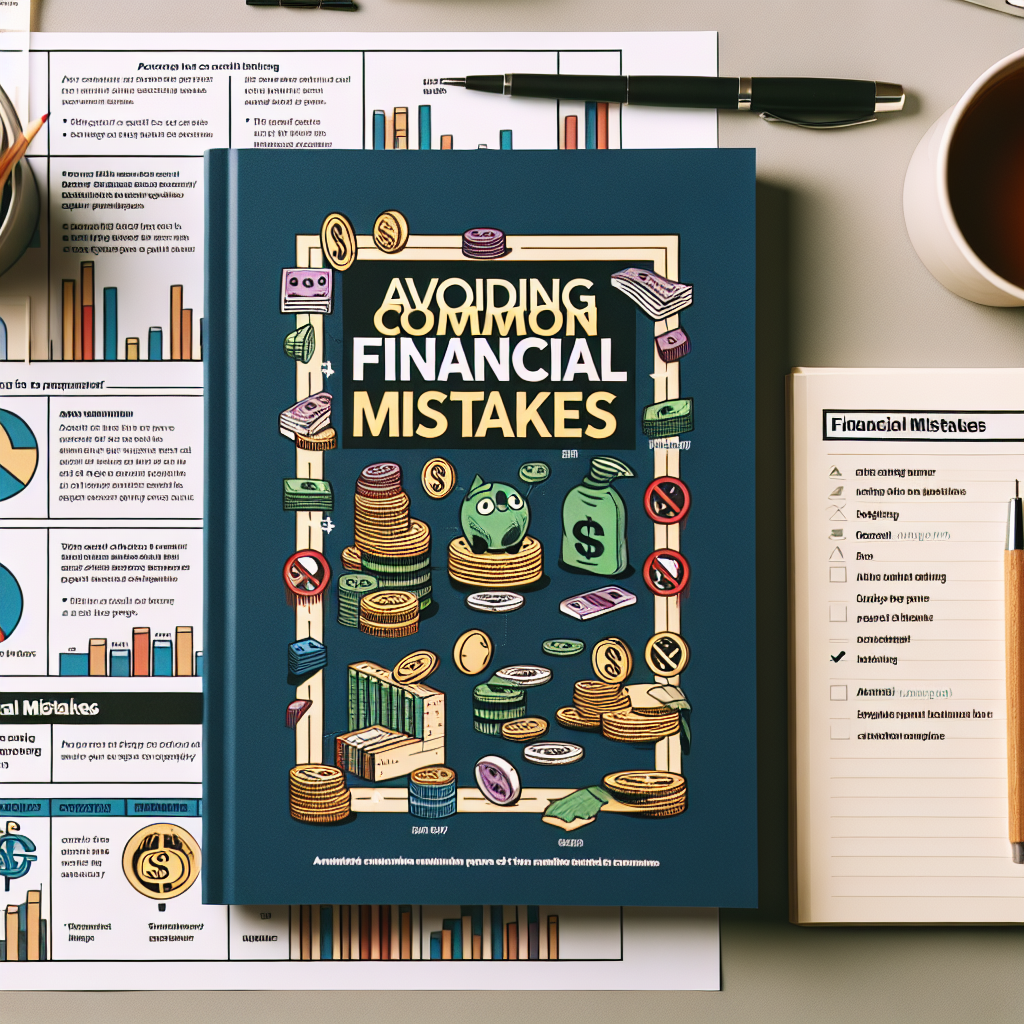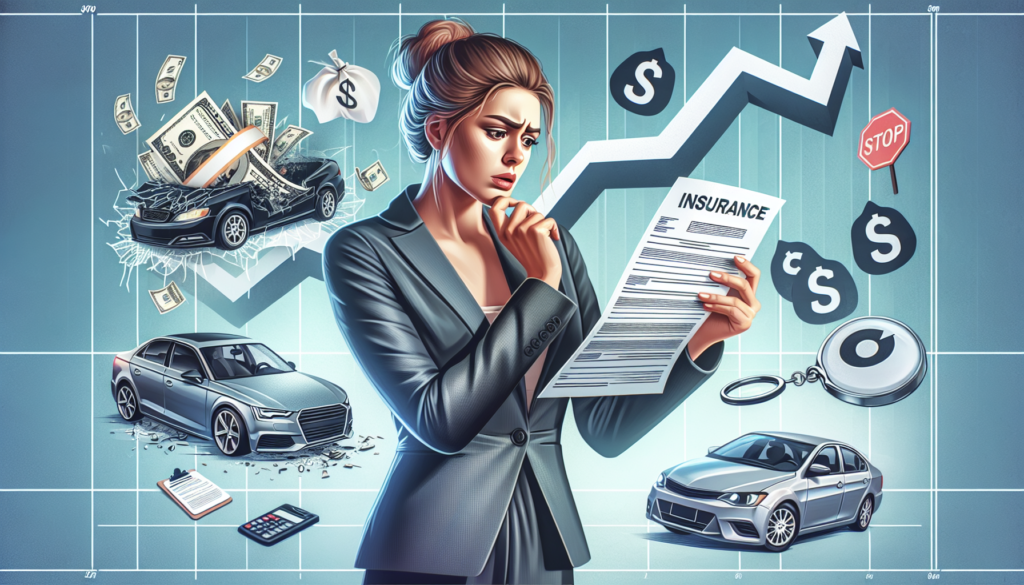
It feels exciting to gain new freedom and responsibility! But with that freedom comes the need for car insurance. Car insurance is a safety net – you pay a regular fee (premium) and the insurance helps cover costs if you’re in an accident. Most states require at least liability insurance, which pays for other people’s injuries or property damage that you cause (Auto insurance basics—understanding your coverage | III). In addition, you can add other coverage types: collision (which pays to repair your car after a crash) and comprehensive (which covers non-crash damage like theft, fire, or hail) (Auto insurance basics—understanding your coverage | III). You’ll also hear about deductibles – this is the amount you pay out-of-pocket before insurance kicks in. (Higher deductibles lower your premium, but mean more cost if you have a claim (Top 9 Factors That Affect Car Insurance Rates | The Zebra).) Understanding these basics will help you pick the right coverage for your needs and budget.
Why Young Drivers Often Pay More
Insurance companies see new teen drivers as higher risk, so rates are steeper at first. For example, NerdWallet found that adding a 16-year-old to a full-coverage policy costs about $3,824 per year on average (Cheap Car Insurance for Teens and Young Drivers – NerdWallet). Similarly, The Zebra’s data show a teen driver’s average premium (~$5,039/year) is far higher than for older drivers (about $1,555 for drivers in their 50s) (Top 9 Factors That Affect Car Insurance Rates | The Zebra). In general, if you’re under 25, expect higher insurance rates than middle-aged drivers (Auto Insurance Rates by Age in 2025 | Bankrate). (Once you hit your late 20s and drive several years without crashes, premiums usually go down.) This difference exists because young drivers have less experience and statistically more accidents. As a Progressive guide notes, teens “have a greater tendency to drive distracted, speed… and not wear a seatbelt,” which leads to higher costs (Car Insurance for Teens & Young Drivers | Progressive).
Several key factors affect your premium:
- Age & Experience: As above, younger/less-experienced drivers pay much more (Auto Insurance Rates by Age in 2025 | Bankrate) (Top 9 Factors That Affect Car Insurance Rates | The Zebra). (In fact, insurers often charge even higher rates again once you’re over 70.)
- Driving Record: Tickets or accidents on your record can make premiums jump (Top 9 Factors That Affect Car Insurance Rates | The Zebra). Staying crash-free and obeying traffic laws is one of the best ways to keep rates low.
- Vehicle Type: The car you drive matters. Sports cars or luxury vehicles usually cost more to insure because they’re expensive to fix or more likely to get stolen. In contrast, safe, reliable models (like a used Honda Civic or Subaru) often have lower premiums (Top 9 Factors That Affect Car Insurance Rates | The Zebra). Insurance companies look at factors like safety ratings, repair costs, and theft rates. Choosing a car known for safety can earn you discounts (Top 9 Factors That Affect Car Insurance Rates | The Zebra).
- Coverage & Deductibles: More coverage (and lower deductibles) means higher premiums. For example, The Zebra shows that going from minimum coverage to full coverage can add over $1,000 per year (Top 9 Factors That Affect Car Insurance Rates | The Zebra). Make sure you have at least the state-required liability limits, but don’t overbuy coverage you don’t need. (If your car is older and not worth much, you might drop collision or comprehensive to save money – insurers only pay up to the car’s market value anyway (Collision vs. Comprehensive Insurance: What’s the Difference? – NerdWallet).)
- Location: Where you live makes a big difference. City drivers often pay more due to higher accident or theft rates, whereas rural drivers can pay less (Top 9 Factors That Affect Car Insurance Rates | The Zebra). State rules also matter (for example, no-fault states like Michigan can be very expensive (Top 9 Factors That Affect Car Insurance Rates | The Zebra)). Your ZIP code and even your neighborhood’s crime or traffic statistics enter into the rate.
- Mileage: How much you drive affects risk. If you drive very few miles each year, you might qualify for a low-mileage discount. Zebra’s data found that someone driving under 7,500 miles/year pays noticeably less than someone driving 15,000+ miles (Top 9 Factors That Affect Car Insurance Rates | The Zebra).
- Other Factors: In many states, insurance companies can look at your credit history (poor credit can add about $1,500/year on average (Top 9 Factors That Affect Car Insurance Rates | The Zebra)) and gender (in some places, teen boys pay more than girls because statistically they file more claims (Auto Insurance Rates by Age in 2025 | Bankrate)).
Picking the Right Coverage
First, make sure to meet your state’s minimum requirements, usually liability insurance. Liability includes Bodily Injury liability (pays others’ medical bills if you injure someone) and Property Damage liability (pays for damage you cause to another car or property) (Auto insurance basics—understanding your coverage | III). Nearly everyone adds these basics, and they can’t be skipped by law.
Beyond that, think about your car’s value and your budget. Full coverage (liability + collision + comprehensive) gives you the most protection (Everything to Know About Full Coverage Car Insurance – NerdWallet), but it’s costly. If your car is older or worth only a few thousand dollars, it may not pay off to have collision/comprehensive. NerdWallet explains: “You probably don’t need comprehensive and collision insurance if your car is older and not worth a lot” (Collision vs. Comprehensive Insurance: What’s the Difference? – NerdWallet). In that case, you might buy only liability (and maybe uninsured motorist coverage) to save on premiums.
Here are some quick coverage tips:
- Liability insurance is a must – it covers what YOU cause to others (Auto insurance basics—understanding your coverage | III). Most lenders also require full coverage (collision + comp) if you’re financing or leasing a car.
- Collision coverage pays for your car after an accident. It’s worth it if you have a newer car; drop it when repair costs would exceed the car’s value (Collision vs. Comprehensive Insurance: What’s the Difference? – NerdWallet).
- Comprehensive coverage covers theft, vandalism, weather damage, etc. Useful if you live in a flood zone or city, but again weigh it against your car’s value.
- Deductibles: You choose this. Raising it (to $1,000 or more) will lower your premium (Top 9 Factors That Affect Car Insurance Rates | The Zebra), but remember you’ll pay that much yourself if there’s a claim.
- Optional coverages: Consider things like personal injury protection or uninsured motorist coverage, especially if your state requires them or if you often have passengers. These add safety but cost extra.
Factors Influencing Your Premium
Insurance companies use many details to set your rate. Here’s what really matters (so you know what to focus on):
- Age & Experience: As mentioned, young drivers pay more (Top 9 Factors That Affect Car Insurance Rates | The Zebra) (Auto Insurance Rates by Age in 2025 | Bankrate). Rates typically drop each year you stay accident-free and gain experience.
- Driving History: A clean record is a money-saver. Tickets for speeding or DUIs, and any crashes, will hike up rates significantly (Top 9 Factors That Affect Car Insurance Rates | The Zebra). Keeping your record spotless is key.
- Car Type: Driving a sensible car saves money (Top 9 Factors That Affect Car Insurance Rates | The Zebra). Sports and luxury cars cost more to insure; small, safe sedans/SUVs are cheaper. Cars with many safety features (airbags, anti-lock brakes, collision warning) might even qualify for discounts (Top 9 Factors That Affect Car Insurance Rates | The Zebra).
- Coverage Level: The more coverage you carry, the higher your premium (Top 9 Factors That Affect Car Insurance Rates | The Zebra). If you opt for full coverage or add extras like roadside assistance, expect a higher bill.
- Deductible: Lowering your deductible (say from $1,000 to $500) will increase your premium (Top 9 Factors That Affect Car Insurance Rates | The Zebra). Decide how much you can afford out-of-pocket in a claim.
- Location: Rates can vary thousands of dollars from state to state or zip code to zip code (Top 9 Factors That Affect Car Insurance Rates | The Zebra). Urban areas, high crime or severe weather zones, and no-fault insurance states are pricier.
- Mileage: If you drive less, insurers see you as less at risk. Many companies offer low-mileage discounts, which can save $50-$100+ a year (Top 9 Factors That Affect Car Insurance Rates | The Zebra).
- Credit Score (in most states): Insurers often use credit as a proxy for risk. Poor credit can tack on roughly $1,500/year compared to excellent credit (Top 9 Factors That Affect Car Insurance Rates | The Zebra). (Note: some states ban this practice, but in many places it still matters.)
- Gender & Age: In most places, gender and age are permitted rating factors. Statistically, teen males file more claims than females, so expect slightly higher quotes as a young man (Auto Insurance Rates by Age in 2025 | Bankrate). After age 25, gender usually stops affecting the price in many states.
Tips to Keep Your Premiums Low
Being a young driver doesn’t mean you’re stuck paying sky-high rates. Here are practical steps to save money:
- Stay on a Parent’s Policy: This is often the single biggest saver. Insurance companies charge less per person when multiple drivers are on one policy. NerdWallet and Progressive both note that it’s much cheaper to add a teen to a family policy than to buy a separate one (Cheap Car Insurance for Teens and Young Drivers – NerdWallet) (Cheap Car Insurance for Teens and Young Drivers – NerdWallet).
- Shop Around: Rates can vary widely between companies. Get quotes from at least 3–4 insurers each year. Even small differences in coverage options can save you big bucks. (NerdWallet analysis finds that shopping around is “the best way to find the cheapest coverage” (Cheap Car Insurance for Teens and Young Drivers – NerdWallet).) Use online comparison tools and consider both big insurers and smaller regional ones.
- Compare Coverage Levels: Review whether you need full coverage. If your car is paid off and older, dropping collision and comprehensive might save hundreds a year (Collision vs. Comprehensive Insurance: What’s the Difference? – NerdWallet). Conversely, if you have an expensive new car or high loan, full coverage is worth it. Adjust your coverage to match your actual needs.
- Increase Deductibles: Raising your deductibles can lower your premium significantly (Top 9 Factors That Affect Car Insurance Rates | The Zebra). For example, jumping from a $500 to a $1,000 deductible might cut your premium by 15–20%. (Only do this if you can afford the higher deductible in case of a claim.)
- Good Student Discounts: If you’re a student with good grades, ask about a “good student” discount. Many insurers (like Progressive) offer around 5% off for full-time students under 23 with a B average or better (Car Insurance Discounts & Info for Students | Progressive). It’s usually easy to qualify – just maintain those grades!
- Driver Training Courses: Completing a recognized defensive driving course or teen driver education program can earn extra discounts (Cheap Car Insurance for Teens and Young Drivers – NerdWallet). These show insurers you’re serious about safety.
- Usage-Based Programs: Some companies have apps or devices (often called telematics or “drive safe” programs) that track your driving habits (speed, braking, mileage). If you drive safely, you can get significant discounts over time. It’s worth checking if your insurer offers this.
- Student Away-from-Home Discount: If you live away at college and don’t have regular access to a car, you might qualify for a discount (often called a distant student discount) (Cheap Car Insurance for Teens and Young Drivers – NerdWallet). Ask your insurer if they have this – you’ll need to meet rules like living 100+ miles from home and leaving your car behind.
- Bundle Policies: If your family also needs renters or homeowners insurance, ask about bundling. Insurers usually give a multi-policy discount (often 5–15% off each policy). Even insuring two cars together can save.
- Maintain a Clean Record: This can’t be said enough. Avoiding tickets and accidents is the best long-term strategy for low premiums. Every year you stay claim-free, you’ll generally see your rate come down.
- Pay in Full or Set Up Automatic Payments: Some insurers offer a discount (5–7%) if you pay the annual premium all at once or enroll in automatic payments. This can trim your premium slightly and avoids fees.
Car insurance might seem complicated, but you’ve got this! By understanding your coverage, watching the key factors (like your driving record and car choice), and using smart savings tips, you can keep more money in your pocket. Drive safely, shop smart, and over time your insurance will become much more affordable. Good luck out there on the road!
Sources: Authoritative industry sources and analyses were used throughout, including NerdWallet, The Zebra, Progressive, and the Insurance Information Institute (Auto insurance basics—understanding your coverage | III) (Cheap Car Insurance for Teens and Young Drivers – NerdWallet) (Cheap Car Insurance for Teens and Young Drivers – NerdWallet) (Top 9 Factors That Affect Car Insurance Rates | The Zebra) (Cheap Car Insurance for Teens and Young Drivers – NerdWallet), among others, to ensure accurate and up-to-date advice.




